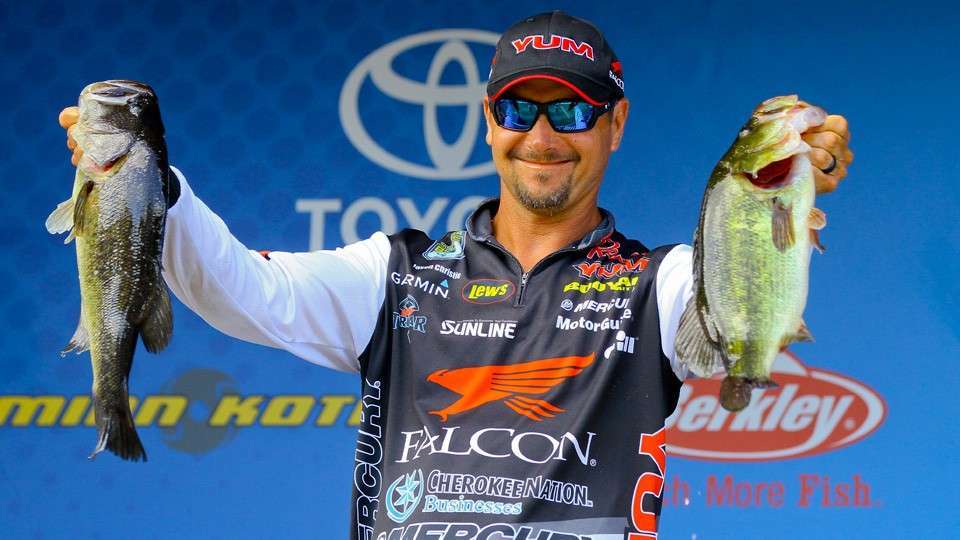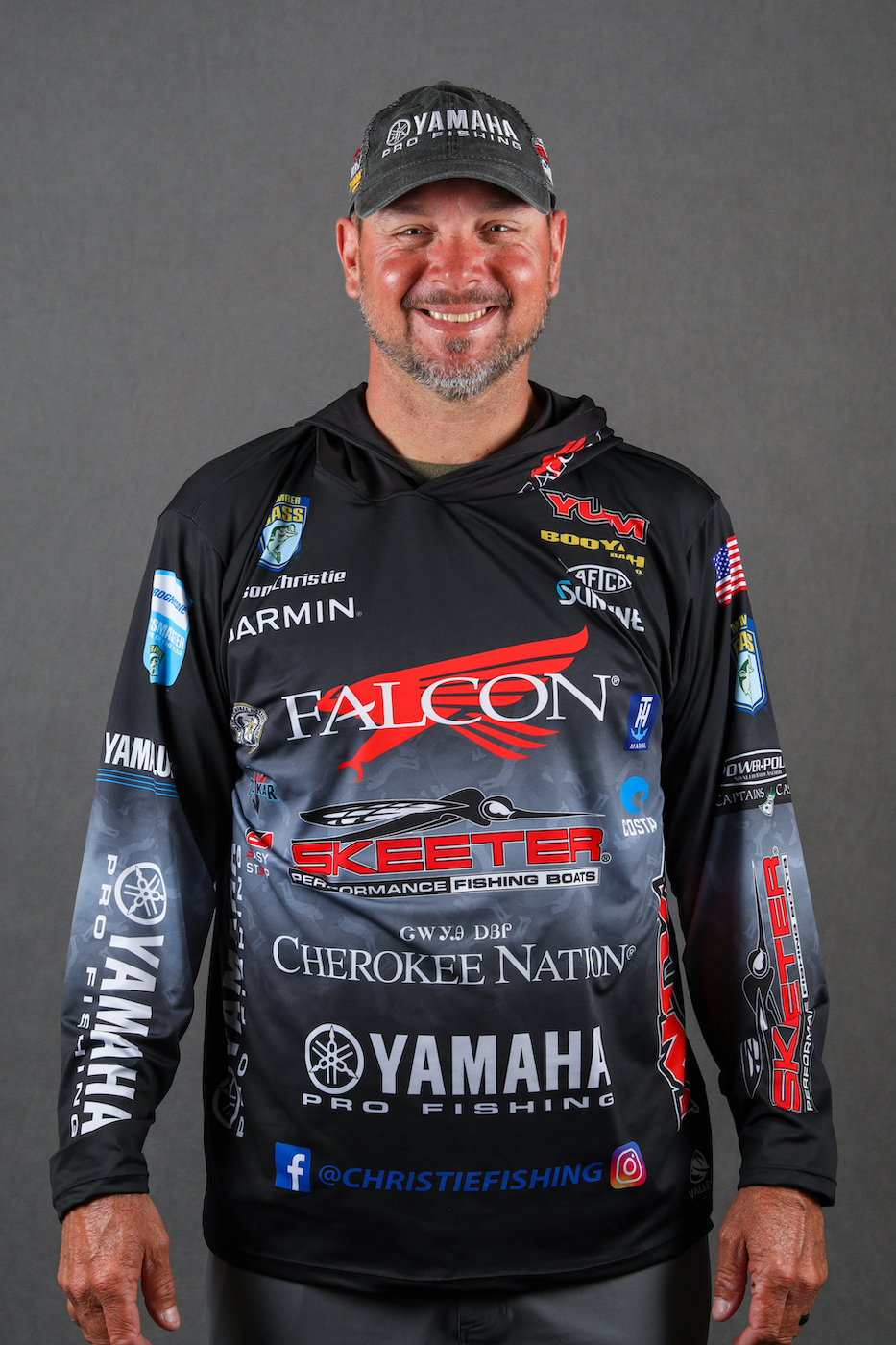
The practice period for Cherokee Lake ended in early January, but I didn’t make any visits to the site of this season’s first Elite event. That’s kinda my norm — unless the lake is close to home, I don’t usually spend any time there before the cut-off because things are never the same 30 days later.
Now, I have done what you might call comparable practice on my home lake, Tenkiller, because from what I hear, I think it’s going to fish a lot like Cherokee. Both lakes are clear and they have largemouth and smallmouth, so I’m getting a look at what I might face next month.
This has probably been closer to fun fishing, but I think it’s time well spent because I’ve been experimenting with different baits and gaining confidence. I haven’t been fishing in three or four months, so getting the mojo back from last season has been good.
What I’ve found on Tenkiller is probably something similar to what will be going on at Cherokee. There seems to be a few fish shallow in about 20 feet or less, but the majority are out deep.
Every two to three years, we get a winter when a lot of fish get really deep, like 60-80 feet. That’s where the bait is, so the fish are suspending around those bait schools.
These fish are difficult to catch and they have a tough time when you pull them out of deep water, so I haven’t messed with them.
If you did target these deep fish, you can’t cast to them; you have to vertically drop to them with something like a Cotton Cordell spoon or a dropshot with a YUM Warning Shot. We have a lot of standing timber in Tenkiller, so you have to fish between the fish and the bait.
When I do this, I just get right over top of the fish, watch my Garmin unit and watch the fish eat your bait. You’ll actually see them swim up and get the bait.
The good thing about this deal is that you can often catch dinner while you’re looking for bass. I keep light rod with a 2-inch YUM tube on the deck and when I see a school of crappie, I drop down and get a few for supper.
For the shallow fish, I’ll throw a 3/8-ounce Booyah Finance Jig with a YUM Craw Papi around anything different. I’ll target transitional rock banks, channel swings and brush piles. I feel like this jig and trailer gives me a pretty good sized crawfish profile, so maybe I’ll catch a bigger fish.
I don’t bite off any of the trailer’s body because the more plastic you have on that bait, the slower it falls off those rocks. In the wintertime, that’s what I want.
If it’s windier, I’m cranking those same areas with a Bandit 200. Anytime I can’t feel the jig, I pick up the crankbait and start covering water. I don’t get as many fish, but I tend to get bigger fish.
In cloudy conditions, I like jerking a Smithwick Perfect 10 Rogue. The larger profile tends to appeal to the fish that just want one big meal.
Whenever I come to a dock or brush pile — high percentage spots for big fish — I’ll hit it with that jerkbait a few times and then I’ll throw the jig or the crankbait.
Hopefully, some of what I’m finding during these fun fishing trips will carry over into the Cherokee Lake tournament. I may not catch them on the exact same baits, but I’m getting a good idea of what to expect.

